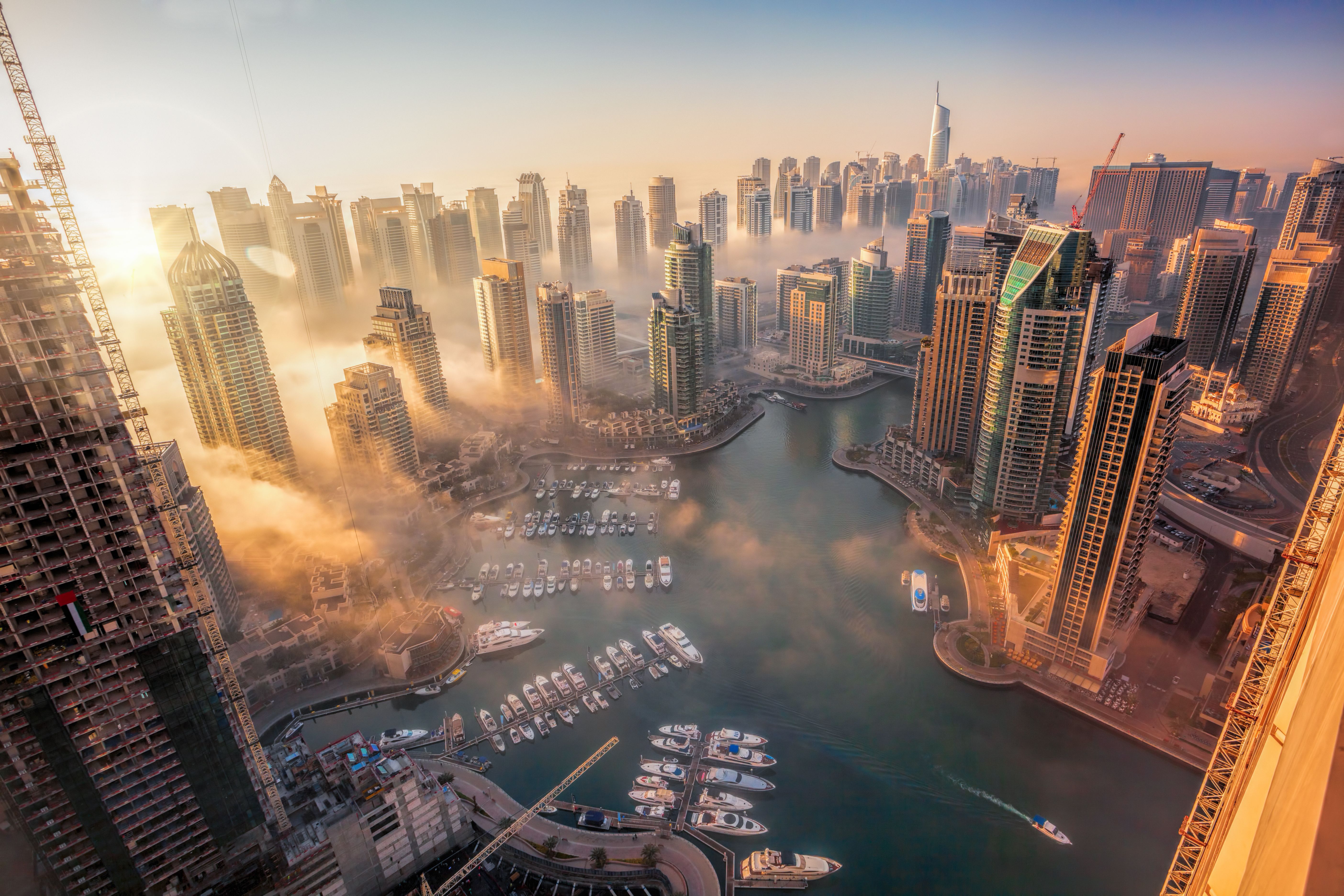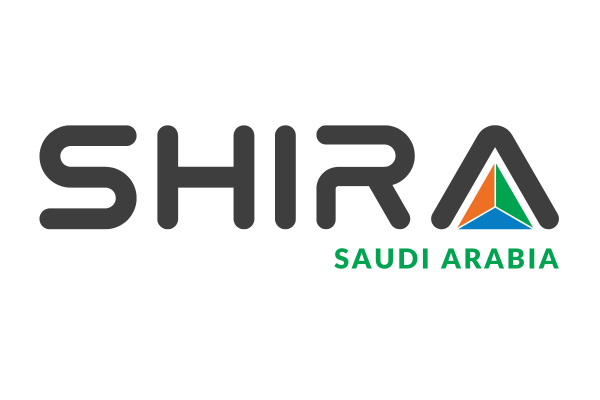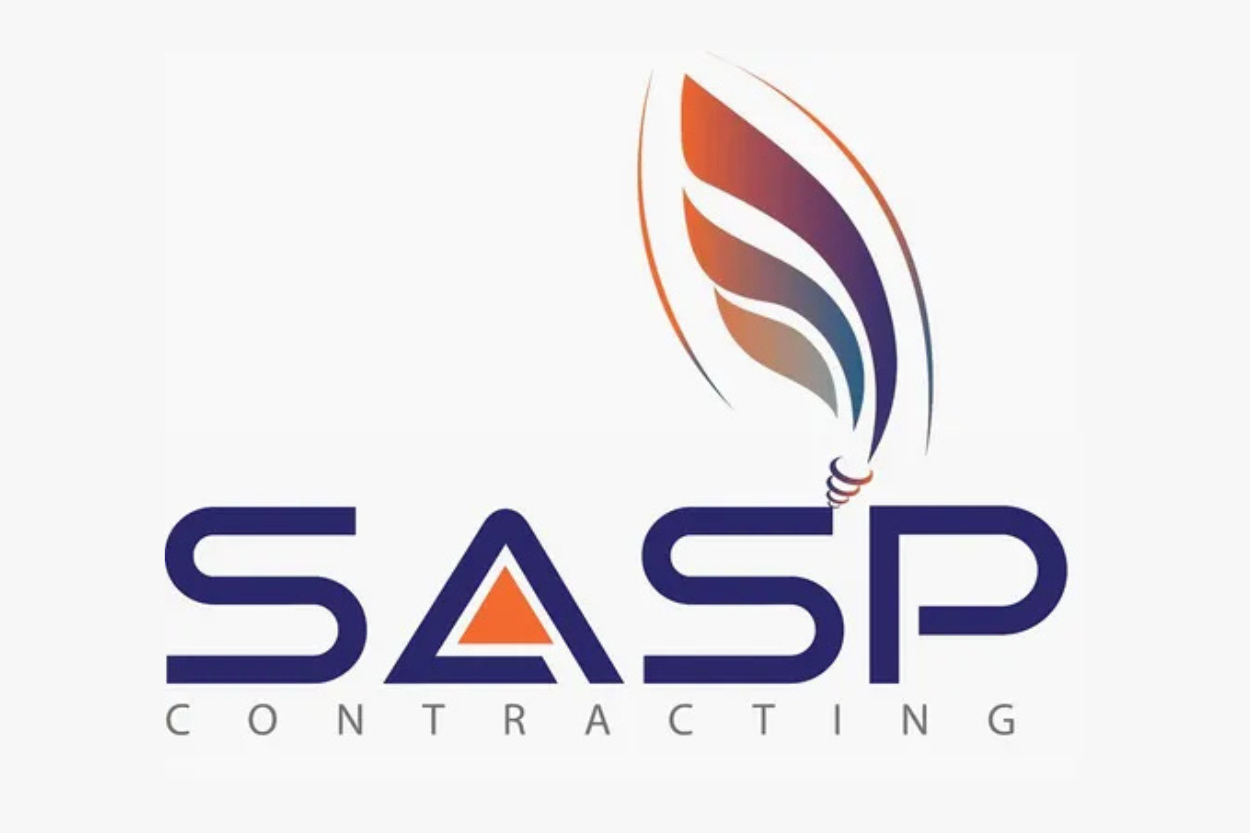MENA International Airport Landscape Masterplan - Martha Schwartz Partners
)
Location: Riyadh, Saudi Arabia
Client: General Authority of Civil Aviation
Masterplanner, Landscape Architect: Martha Schwartz Partners
Architect: Nikken Sekkei
Engineers: Atelier One, Buro Happold, Carbon Engineering, Transsolar
Size: 10,500 hectares
Status: completed 2020
This masterplan proposal for the MENA international International Airport applies a fusion of natural systems, technology and art within the landscape to achieve the first carbon negative airport in the world. As a model for future development, multiple circular integrated systems are created which feed into one another, forming ‘Virtuous Cycles’ and ‘feedback loops’ that maximize resources while minimizing waste. The landscape is both performative, sustainable and sculptural. Further-more, as a form of environmental land art, the landscape is purposefully designed to touch all the senses; to excite visually, spatially, psychologically and emotionally: to inspire wonder and awe. The main landscape design principles embrace:
- Landscape design pursued as a form of land art
- Natural and technological processes utilized to achieve carbon negativity
- Integrated systems utilized to produce virtuous cycles
- Self-sufficiency for the first airport in the world: all energy generated on site, most water is
recycled on site, most arable food is produced on site, all waste is being recycled and re-used.
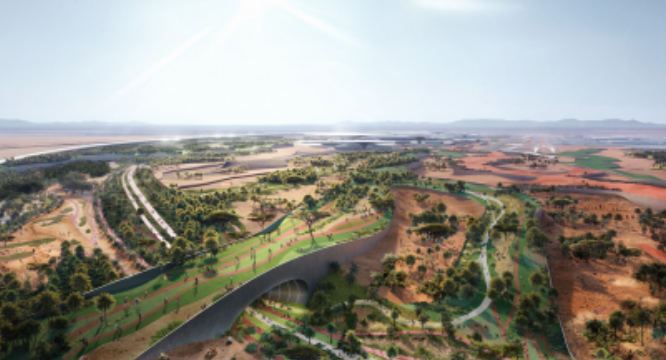
The underlying design logic flows from understanding the site character and opportunities, its unique geological, cultural and environmental context. The formal design solutions were derived from several key conditions observed in the existing landscape which determined the form, materials, textures colors and overall sensation chosen for the New Riyadh Airport landscape design:
- Iron rich reddish ‘sweet-sand’ veins which spread throughout the Najid Plateau and the desert near Riyadh gave rise to sculptural landforms;
- Circular crop irrigation circles inspired a geometry;
- Authentic character of KSA desert plant life inspired xeriscape planting concept;
- Aerial experience of the airport suggested large-scale visual proposals.
In order to reach a carbon-negative airport, decarbonizing solutions were selected from cultural and industrial practices plus academic research to drawdown atmospheric CO2. The airport site permitted a large-scale visionary design to include the following methods be applied:
- Desert Greening with plant photosynthesis for CO2 sequestration;
- Enhanced Rock Weathering to embed CO2 into carbonite mineral form;
- Direct Air Capture technology which extracts CO2 from the ambient air at the rate of 40,000trees per one machine plant;
- Biochar which sequesters CO2 in an insoluble form of carbon and enriches the fertility of soils.King Khalid International Airport Landscape Masterplan Competition (confidential) MSP
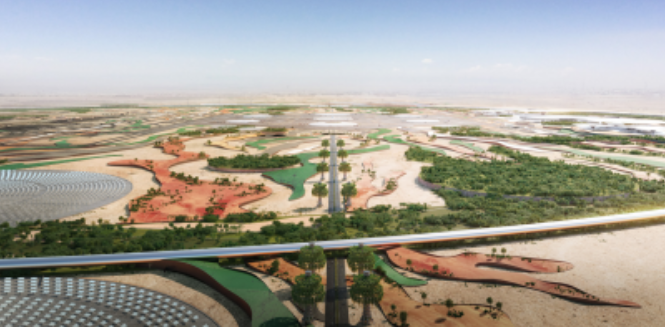
Martha Schwartz Partners
London / New York / Shanghai
www.msp.world

